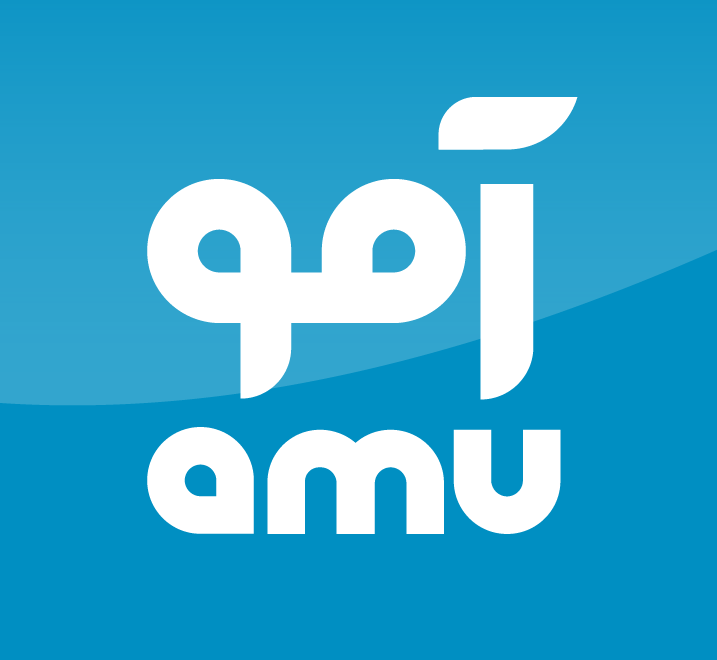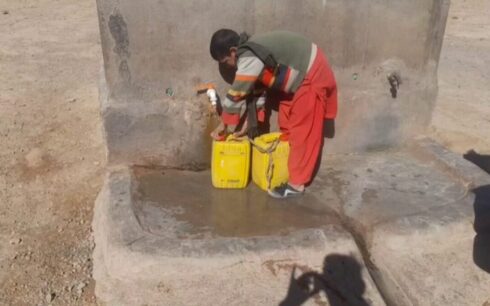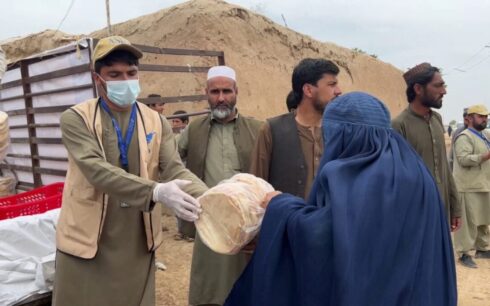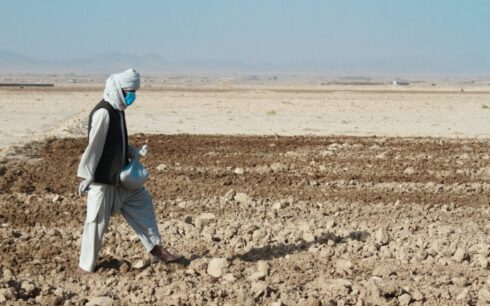The United Nations said on Monday it is concerned about the huge funding gap for the Afghanistan Humanitarian Funding Plan (HRP) for 2023, which comes at a time when aid needs are at an all-time high in the country.
In a reported issued by the UN Office for the Coordination of Humanitarian Affairs (OCHA), the agency said by the end of the first quarter of this year, $249 million was reported to be confirmed for humanitarian funding for 2023, but that this was nearly one-third of the amount received by the same time in 2022.
“This remains a concern as humanitarian needs in Afghanistan are at an all-time high, the country is feeling the blow of the third consecutive year of drought-like conditions and the second year of crippling economic decline, while still reeling from the effects of 40 years of conflict and recurrent natural disasters,” OCHA said.
The report, prepared for donors to support them in their funding decisions, highlighted OCHA’s concerns with under-funding ahead of spring in Afghanistan.
“Spring comes with key risks of floods and rise in communicable diseases – such as acute watery diarrhea (AWD), cholera, measles and other waterborne diseases – in a context where Afghans are already facing record-level food insecurity, malnutrition, water scarcity and drought-like conditions.”
The report also outlines the most time-sensitive underfunded gaps in the response drawing from expected countrywide scenarios for the first half of 2023.
OCHA stated the total immediate funding requirements to address critical gaps for the coming three months is $717.4 million. “This is all part of an overall funding gap of $4.38 billion across the humanitarian response for 2023.”
The report also pointed out that the Taliban’s restriction of female NGO staff is a concern for all humanitarian agencies operating in Afghanistan. “All humanitarian activities are affected,” the report stated.
OCHA stated that between January and February this year, humanitarian partners reached at least 10.3 million people with food and livelihoods support; 2.5 million people with access to health care (consultations and treatment); more than 880,000 children and pregnant and lactating women with support to prevent and address acute malnutrition; 1 million people with water, sanitation and hygiene assistance; 480,000 children with access to education and education materials; 166,000 people with emergency shelter and household items; and 80,000 people with protection assistance – despite funding constraints and access challenges.
Humanitarians were not able to reach people with the full package of intended assistance due to underfunding and late disbursements. So far, five percent of the required funding has been received in 2023 against the $4.62 billion required.





